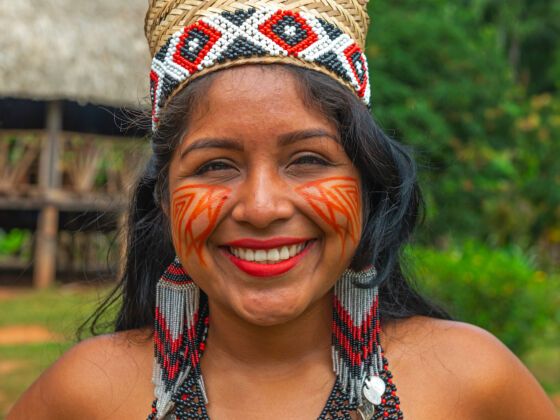1. Assume you know what the Panama Papers are.
A few months ago the world was rocked with the release of the Panama Papers, a long list of CEO’s and heads of state who were caught evading taxes and laundering money, to put it simply. These companies and individuals were clients of a Panamanian law firm. When the data was dumped it was considered the largest leak of its kind in history.
Here’s the thing though. It’s only one law firm. Not an entire country. Calling this the #PanamaPapers is highly inaccurate. What percentage of Panama’s citizens have anything to do with this scandal? Even if other law firms in Panama are also helping the ultra rich from all over the world hide their money, what about with the other 4 million Panamanians? The majority of Panamanians are honest, hard working people who have nothing to do whatsoever with the wrongdoings of the world’s elite (and after all, those hiding the money are citizens of other countries).
